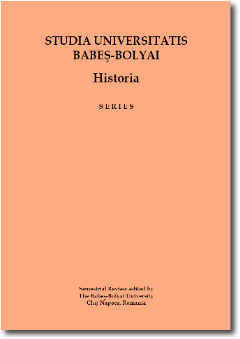Welfare statistics. Analysing the quality of life in the 1950s Romania
Keywords:
Romania, family budgets, quantitative research, Cold War, living standards .Abstract
This article unveils how a project that refined social sciences research methodologies to envision the general well-being was articulated by the Romanian state during the early 1950s. It uses as a case study the research conducted in the 1950s on family budgets. The central element of this investigation consists of contextualizing social policies based on the reconstruction of postwar Europe. It pays a particular attention, therefore, to identify differences between East and West by comparing the social welfare approaches suggested by the propagandist rhetoric, policy makers and professional authority. It aims to establish to what extent approaches to well-being during the 1950s Romania reflected ideological and professional tensions across the Iron Curtain and, on another level, if they were articulated by utopian or pragmatic goals. Equally important, it also aims to open up a discussion on the accuracy and relevance of official statistics, which is central to understanding if and how the national prestige of a state may be articulated by standardization.
Downloads
Published
How to Cite
Issue
Section
License
Copyright (c) 2015 Studia Universitatis Babeș-Bolyai Historia

This work is licensed under a Creative Commons Attribution-NonCommercial-NoDerivatives 4.0 International License.






